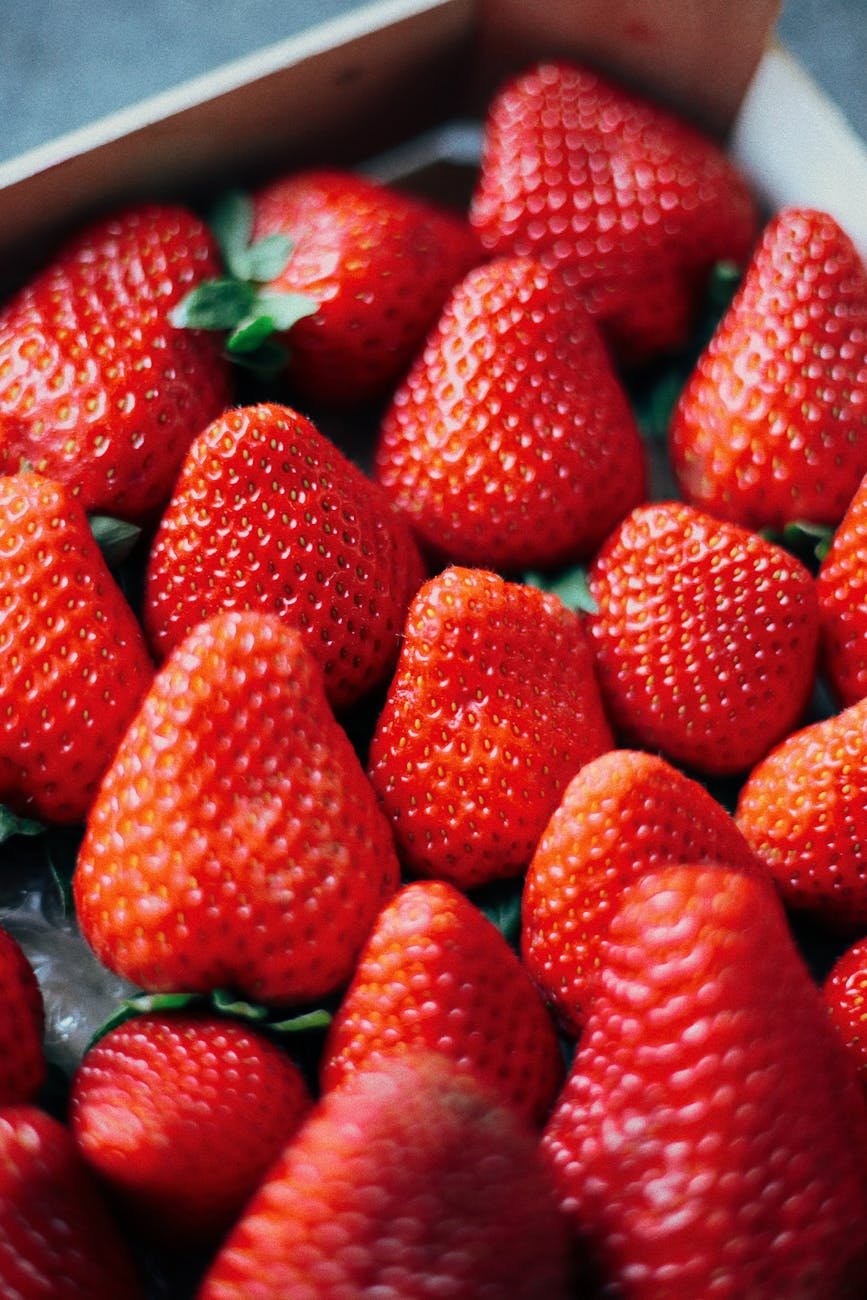Understanding Market Segmentation
Market segmentation is like a backstage pass in marketing, especially for businesses in agriculture. It helps businesses talk the right talk to different audiences, like farmers and agribusiness folks. This section gets into what market segmentation means and why it matters, plus the checklist that makes it work like a charm.
Definition and Importance
Market segmentation means breaking down the big crowd of consumers or businesses into smaller, similar groups. Think of it as customizing your message to hit all the right notes, boosting how well marketing works and keeping customers happier. For example, segmenting lets agribusinesses fine-tune the four marketing P’s—product, price, place, and promotion—like a pro.
Getting market segments right ensures each group gets messages written just for them, nudging them towards new behaviors. Messages that stick are more likely to bring the right results and make brands and their agricultural clients bond stronger (Community Tool Box).
Criteria for Effective Segmentation
To nail segmentation, some key points need attention. These pointers revolve around how audiences react to different marketing pitches. Here are the criteria types for effective segmentation:
| Criteria Type | Description |
|---|---|
| Demographic | Groups based on things like age, gender, income, education, and family size. A simple way to zero in on potential customers. (Content Whale) |
| Geographic | Split by location or regions, recognizing different farming needs and practices. |
| Psychographic | Centers on lifestyle, values, attitudes, and interests, making sure marketing messages hit home. |
| Behavioral | Looks at customer habits, like buying behavior and how products are used. These insights can level up your marketing strategy. |
| Physical/Personal History | Considers past purchases and customer interactions to tailor strategies just right. |
By following these guidelines, agribusiness pros can boost their marketing mojo and get closer to different groups of farmers. Keep reading for more on how to use these segmentation tricks in agriculture marketing.
Types of Market Segmentation
Market segmentation plays a crucial role in agriculture marketing, guiding businesses to nail down and connect with their ideal audiences. Whether it’s demographic, geographic, psychographic, or behavioral segmentation, each approach offers a unique way to slice and dice the market.
Demographic Segmentation
Think of demographic segmentation as the age-old way of grouping people. It splits the market into categories like age, gender, income, education, and family size. Take the company pushing pricey farming gear: they might zero in on well-heeled farmers aged 30-50 who are likely to splurge on high-end stuff.
| Demographic Factor | Example |
|---|---|
| Age | 30-50 years old |
| Gender | Male and Female |
| Income | High-income individuals |
| Education | Degree holders |
| Family Size | Large families |
Geographic Segmentation
Geographic segmentation sorts folks based on where they hang their hat. Factors like country, region, city, climate, and urban or rural areas come into play. This is vital for sellers dealing with location-specific goods. Imagine pitching a crop thriving in muggy climates: you’d aim your efforts at spots with just the right weather (Content Whale).
| Geographic Factor | Example |
|---|---|
| Country | USA |
| Region | Midwest |
| City | Springfield |
| Climate | Humid |
| Urban/Rural | Rural areas |
Psychographic Segmentation
Psychographic segmentation dives into what makes consumers tick—lifestyle, values, attitudes, and interests. It peels back the curtain on what drives their choices. Young farmers, for instance, might champion eco-friendly practices, favoring sustainable purchases. This revelation empowers businesses to craft marketing tactics that hit home with specific crowds.
| Psychographic Factors | Example |
|---|---|
| Lifestyle | Eco-conscious |
| Values | Sustainability |
| Attitudes | Innovative technologies |
| Interests | Organic farming |
Behavioral Segmentation
Behavioral segmentation is like peering into buying habits, focusing on usage, loyalty, and desired perks. You might roll out special promos or loyalty schemes for those farmers who are die-hard fans of precision-ag tools. Getting inside their heads helps agribusinesses fine-tune their messages and tweak their offerings to fit like a glove.
| Behavioral Factor | Example |
|---|---|
| Usage Rate | Frequent buyers |
| Brand Loyalty | Loyal customers |
| Benefits Sought | Efficiency and cost-savings |
These market segmentation types are keys to sharpening strategies and making meaningful connections with farmers. For more tips on marketing tactics, check out our resources on agriculture marketing channels and agriculture product promotions.
Market Segmentation Strategies
Market segmentation is all about making sure your marketing efforts hit the bullseye. This guide dissects strategies that those in agribusiness can use to get cozy with the farmer crowd.
Social Marketing Segmentation
Think of social marketing segmentation like splitting folks into groups based on what makes ’em tick socially and emotionally. It’s all about figuring out how different groups vibe with emotional and community-driven messages. The Community Tool Box points out that using specific criteria can spice up your message and keep it relevant.
In the ag world, this kind of segmentation can be golden, as farmers often groove to tunes about social impact and community care. Campaigns championing green practices or neighborhood projects can really hit home with the right messaging that mirrors their principles.
Farmer Organization Segmentation
Farmer organization segmentation is like sorting out groups based on which farmer clubs they hang with. It can save you a wad on trying to engage every single organization separately and make your operations smoother. Just keep in mind, don’t treat all farmer groups like clones, as their needs and reactions can be pretty different (FarmFit Insights Hub).
Understanding how each group ticks lets marketers tailor their playbook, making sure campaigns jive with the goals of different farmer clans.
| Farmer Organization Type | What They’re About |
|---|---|
| Smallholder Clubs | Tend to zoom in on local stuff and community backup. |
| Co-ops | Focus on pooling resources and team marketing. |
| Specialty Crop Gangs | Have distinct needs based on the specific plants they grow. |
Agriculture Customer Segmentation
This kind of segmentation is about grouping farming consumers based on things like their farm’s size, age of farmers, crop types, and who owns the farm. It’s like having a personalized license plate for products, services, and strategies aimed directly at individual farmer bands (BIS Research).
Understanding the ins and outs of farmer segments means you can sharpen your communications and up your marketing game. Here’s a peek at some typical segmentation criteria:
| What to Break Down | What’s It Mean |
|---|---|
| Farm Size | Little, middle-sized, and big farms have their own quirks and buying ways. |
| Farmer Age | Age groups may chase different products or gizmos. |
| Crop Type | Different plants may need unique stuff and demand a range of goodies. |
| Farm Ownership | Who owns the farm could sway decisions and buying moves. |
By dropping these smart segmentation moves into ag marketing, companies can boost their work and really meet the farmers’ needs across different slices of the pie. For more insights into how things are shaking up, check out our articles on agriculture marketing channels and agricultural branding strategies.
Application in Agriculture Marketing
Grasping how to nail agriculture market segmentation is the secret sauce for those at the top of the farming chain—agribusiness owners, farm suppliers, and marketing gurus. Knowing your audience means you can tweak products and craft pitches that hit home for every kind of farmer. Here, we dig into four main ways to do just that: slicing up the market by farm size, age group, crop, and type of ownership.
Farm Size Segmentation
Chopping the market up by farm size helps pinpoint what different farms are after. Smaller operations? They’re hunting for budget-friendly deals and a bit of one-on-one support. Big guys are all about tech to streamline everything and snapping up bulk buys. Figuring this out lets you dial in marketing messages that speak each farm’s language loud and clear.
| Farm Size Edition | Main Traits |
|---|---|
| Small Farms | Cost-watchers, need a personal touch |
| Medium Farms | Cost meets efficiency, dig value-added perks |
| Big Farms | Efficiency buffs, eyeing bulk buys |
This approach sharpens the four P’s of marketing: product, price, place, and promo, making sure each farm gets what they need to tweak their behaviors (Community Tool Box).
Farmer Age Group Segmentation
Grouping farmers by their age shows which way the wind’s blowing in tech land. You warmer farmers? They’re all over digital and gadgety solutions. Older folks? They might want some help getting cozy with new tech. Knowing this can help companies decide how to talk to different age groups and what products to show off.
| Age Group | Tech Rockstars? |
|---|---|
| 18-35 Years | Mad about digital goodies |
| 36-55 Years | Warmup to new tech, happy for guidance |
| 56+ Years | Tech? Sometimes wants a buddy to help out |
Tuning into these nuances lets marketing folks shape plans that click with each age group (BIS Research).
Crop Type Segmentation
Organizing aggegy customers by crop type? Genius. This way, you can zoom in with marketing and whip up products that suit specific crops. Like, custom crop fertilizers matching up with what each plant party needs.
| Crop Type | Standard Cravings |
|---|---|
| Vegetables | Fancy nutrients, pest Zappers |
| Grains | Juicy yield boosts, soil nannies |
| Fruits | Disease bouncers, thirsty plant solutions |
This crop-focused look lets marketing teams steer to where they’ll land the best impact (BIS Research).
Farm Ownership Segmentation
Last but not least, segmenting by how farms are owned unlocks a treasure trove of ideas for different motivations. Family farms? Proud of tradition and eco-friendliness. Corporates? They’re shooting for slick operations and fat wallets. Co-ops? All about teamwork and community vibes.
| Ownership Genre | Lingering Desires |
|---|---|
| Family | Keeping traditions, eco-love |
| Corporate | Operations slick, profit projects |
| Co-op | Everyone holding hands, community first |
Spotting these ownership perks helps marketing brains tailor methods that reach out and touch bases with different groups. With these segmentation smarts, agribusiness pros can knuckle down on marketing and sing more of the right tunes to customers.



















